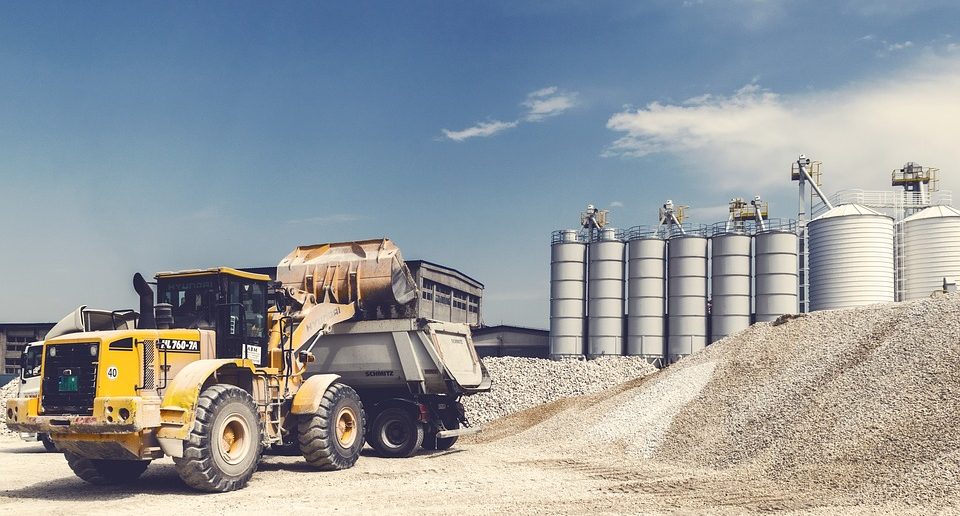Business is a tough, tough world. You have got to be switched on and ready to push at all times if you want to make it. Sometimes that means leveraging your assets or expanding aggressively. These kinds of moves take money, and resources are usually very limited. One way for many businesses to free up some funds is to lease their equipment instead of paying a big chunk of cash to buy it all. To help this along, businesses may look to EZLease for lease accounting to help with leased-out equipment so that finances are all in order on both sides. This resource is different whether you are the lessor or the lessee and can be tailored to what is needed.
Thing is, leasing isn’t a yellow brick road to extra money. It can have downsides too, so we’re going to show you 4 pros and cons of going the leasing route. If you’re interested in learning more you could head over to the AvTech website and read more now, though we’ve started off with a great primer for you right here below.
- Advantage – Lower Cost
The main advantage to leasing equipment comes in the lower cost up front. Because you aren’t buying the equipment, you only pay a portion of the cost to lease it, yet you still get full use of it. This lower cost translates as more cash flow available for other areas of your business, like HR or marketing. This is great if you can make good use of the cash and boost your income with it, making you more profitable. More profit means you can follow more aggressive strategies and push for a dominant market position.
When it comes to versatile machinery like magni telehandlers, the advantages of leasing can be particularly compelling. These kinds of machines find utility across a myriad of industries, from construction and agriculture to logistics and manufacturing. By opting to lease Magni telehandlers, businesses gain access to cutting-edge technology without the hefty upfront investment, allowing for more flexibility in budget allocation and cash flow management. Moreover, leasing offers the advantage of easily upgrading to newer models as they become available, ensuring that businesses stay at the forefront of innovation without the burden of equipment obsolescence.
- Disadvantage – No Ownership
This is the obvious disadvantage: you don’t own your equipment, so it doesn’t add any value to your business as an asset. For instance, if you are a farmer, investing in equipment like a roller crimper would be a long-term asset that could enhance the overall value of your farm. Leasing, however, means you’re essentially renting the equipment and won’t have any ownership stake in the end. While this might be beneficial for short-term cost considerations, it lacks the potential long-term value that ownership provides. Without the ownership of critical assets, your business may miss out on the equity-building aspect that ownership typically brings, limiting your financial leverage and potential for capital growth. It’s a trade-off between immediate cost savings and the strategic benefits that come with long-term asset ownership.
- Advantage – Tech Advances Have Less Effect
Just like the equipment owners are responsible for maintenance, they also need to provide the latest and best equipment to stay competitive. This is great for tech-related equipment because it develops and advances so fast. By leasing this equipment, you don’t pay full cost and once the contract expires, you can lease the newer, better equipment still without paying the full cost.
- Disadvantage – Long Term Expense
Over the long term, the cumulative cost of repeatedly leasing equipment will begin to add up. Even within a few years, it can start to match or exceed the cost of purchasing the equipment initially. This becomes particularly problematic if the equipment, such as Chip Seal Equipment, is not likely to require upgrading for many years. In such cases, continually leasing can result in a significant disadvantage. Essentially, you end up having paid more than the equipment’s actual cost without owning anything to show for it, leaving no opportunity to recoup expenses or sell any assets. Therefore, it’s crucial to ensure that any leasing deal is worthwhile by considering purchasing equipment that will hold value for years or won’t require frequent upgrades, and opting to lease items that are more likely to need updating or replacement in the near future.
Conclusion
Leasing equipment can provide companies with some useful advantages like lower upfront costs and less need to constantly upgrade as technology evolves rapidly. The reduced initial investment frees up working capital that can be reinvested into areas like marketing or human resources to drive growth. And for equipment with a short usable lifespan before becoming obsolete, leasing prevents businesses from being stuck with outdated assets. However, the benefits come with tradeoffs. Not owning the equipment means companies miss out on building equity in valuable long-term assets. There is also the reality that lease payments accumulate over many contract periods, potentially exceeding the purchase price without any ownership at the end. Businesses considering leasing need to carefully evaluate whether the short-term cost savings outweigh the lack of ownership for each type of equipment based on its anticipated usable lifespan and value depreciation.
Ultimately, leasing can be a useful financial tool for the right situations, but should not be viewed as a simple path to extra liquidity. Companies must think strategically about whether leasing enhances their operations and finances over the long run. The potential benefits are mixed, requiring a nuanced assessment for the specific business needs and asset types involved. With prudent analysis, the pros and cons can be properly weighed to determine if leasing supports building a competitive, profitable enterprise.





